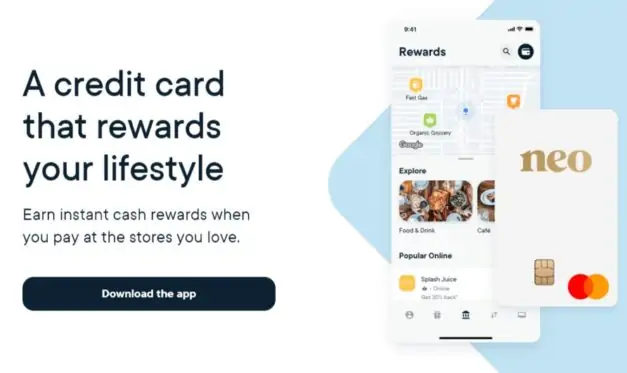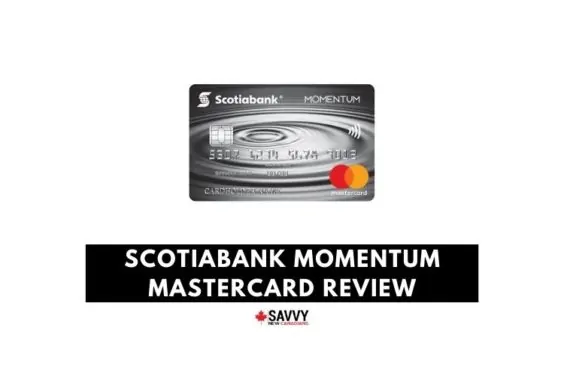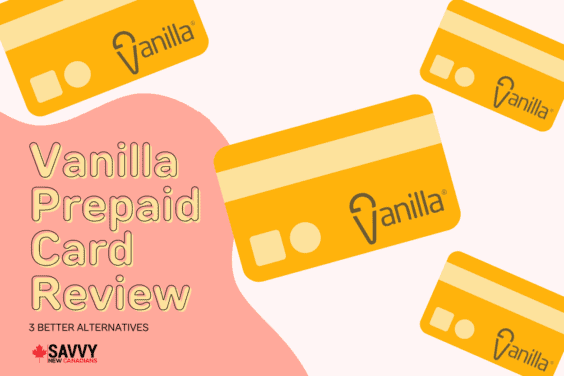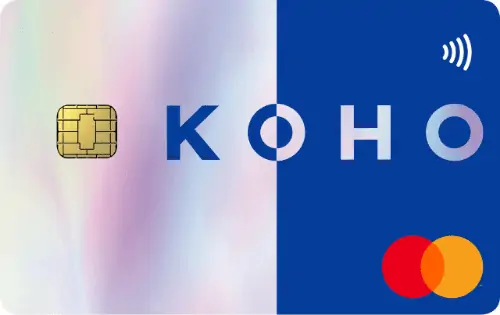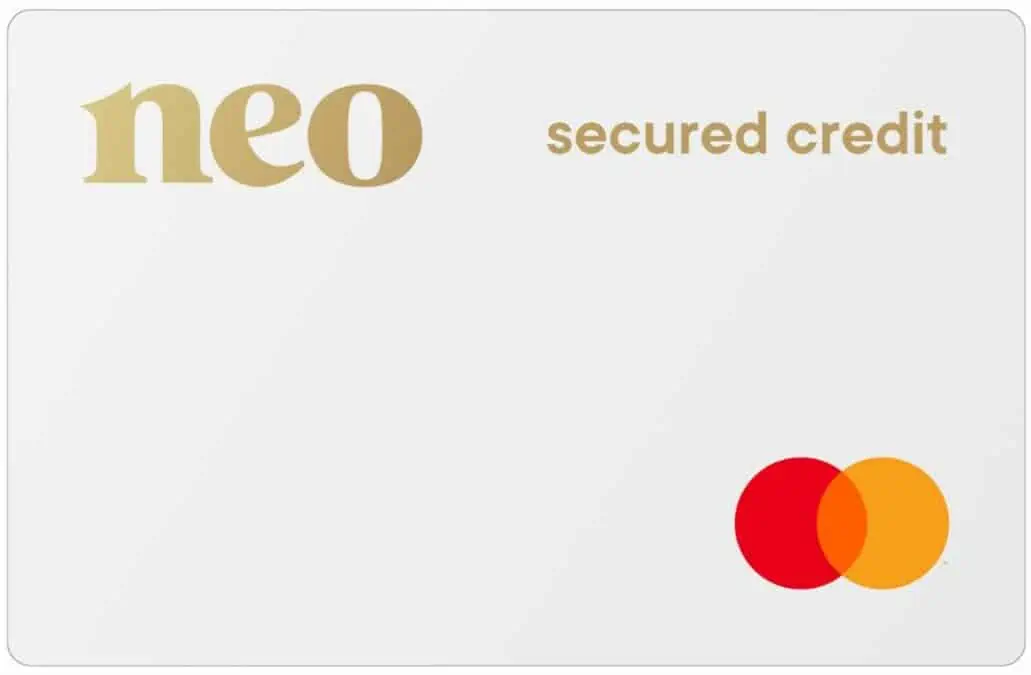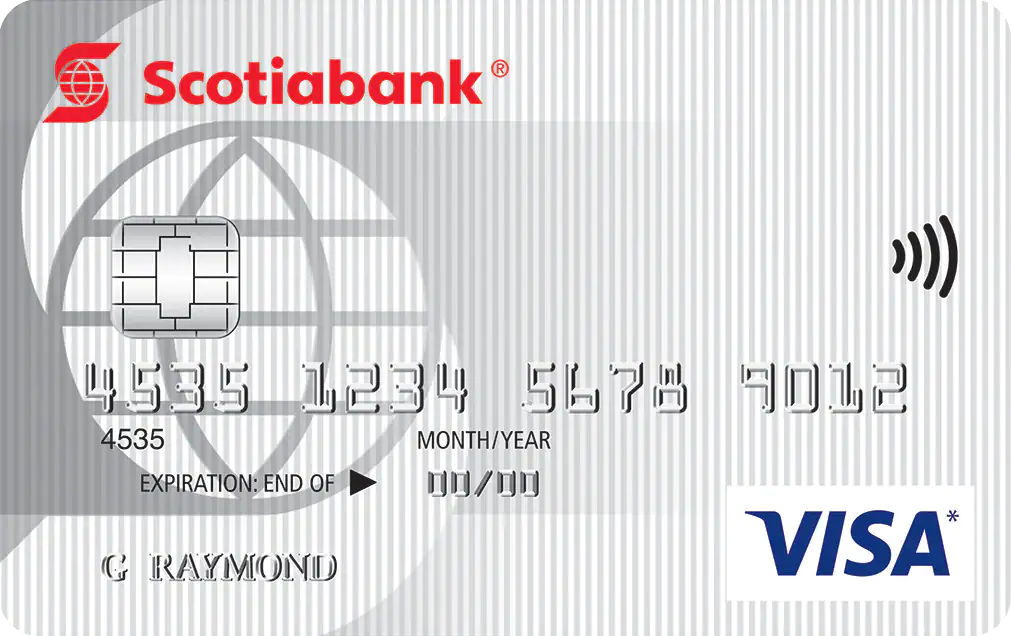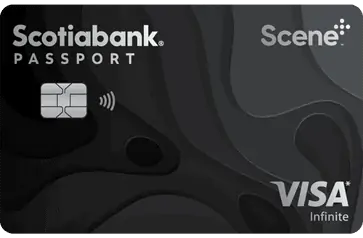Personal and business lines of credit vs credit card accounts is a topic many are interested in, especially those seeking ways to get funds.
A credit card provides funding for everyday purchases, while a line of credit is the more practical choice if you have sizable, long-term expenses.
Read on to learn more about credit cards, lines of credit, and how they differ.
Key Takeaways
- A credit card is a revolving, unsecured line of credit you can use for regular purchases or to obtain cash advances.
- A line of credit is ideal for making large purchases, paying for emergency or medical treatments or spending on home repairs.
- A credit card is a way to fund your purchases without using cash, while a line of credit lets you borrow cash.
What is a Credit Card?
A credit card is a thin, rectangular piece of plastic or metal issued by a financial institution as a type of line of credit that a cardholder uses to get credit from a financial institution.
It is a physical payment tool that acts as a substitute for cash or a check and enables you to pay for goods and services in physical stores, online and via telephone.
It gives you access to a revolving, unsecured line of credit that you can use to make regular purchases, balance transfers, and obtain cash advances.
With a credit card, you repay the borrowed money with interest each month within your billing period. Interest is waived if you repay your outstanding balance within the grace period.
When you open a credit card, your issuer gives you a credit limit of up to several thousands of dollars. You can make purchases up to that specified limit.
In any credit card transaction, the following are the key players involved:
- Credit card issuer – This is the financial institution that issues your credit card.
- The payment network – It connects your card to businesses that accept credit card payments. The two main payment networks are Visa and Mastercard.
- Merchant – This refers to the business or store where you make purchases.
- Acquiring bank – This is the bank that manages the merchant’s transactions.
How Does a Credit Card Work?
When you do the grocery or when you shop online and use your credit card at checkout, this is what typically happens:
- You swipe, tap or insert your card into a card reader, which sends your account details to the acquiring bank.
- Through a payment network, the acquiring bank connects with your credit card issuer to obtain payment for your purchases at the store.
- Your credit card issuer authorizes the purchase and uses the payment network to send the funds to the store’s bank.
You can use your credit card anywhere they are accepted. Regardless of the type of business you transact with, the payment process generally follows the same procedure.
Aside from paying for purchases, you can use your credit card to complete balance transfers, helping you to get out of debt.
Every month, your card issuer sends you a bill containing all the posted purchases you accumulated during your billing cycle.
You must pay the minimum amount by your due date to keep your account in good standing. You can avoid incurring interest by always paying your balance in full.
As credit cards come with a grace period on interest, you can avoid interest charges on your purchases when you pay off your balance before your grace period is up.
What is a Line Of Credit?
A line of credit is a preset borrowing limit you can take out at any time until you reach the limit.
It is an arrangement between you (as the borrower) and your bank, wherein the bank sets the maximum loan amount (credit limit) that you can tap into.
A line of credit is ideal for making large purchases, paying for an emergency or medical treatments or spending on home repairs.
There are different types of lines of credit. These are: secured line of credit, home equity line of credit (HELOC), unsecured lines of credit, personal line of credit, business line of credit and student line of credit.
When you apply for a line of credit, your bank will look at your income, current level of debt with other financial institutions, and your credit report.
How Does a Line Of Credit Work?
As with a credit card, you receive a set credit limit, which you borrow from when you want. Your credit limit can be anywhere from $1,000 to $100,000 or higher.
Even with your access to the funds, there is no need to borrow the entire amount. You can spread out your usage of your line of credit over days, months or years.
You can access the money from your line of credit anytime, provided you do not exceed the credit limit in your agreement.
You can borrow in smaller amounts and only pay back what you actively borrowed. As soon as you borrow money (referred to as the draw period), your line of credit interest rates will apply.
As you repay the money, you can borrow from the funds repeatedly, particularly if you have an open line of credit.
Accessing your line of credit requires you to write a check at a bank branch, over the phone (telephone banking) or through your bank’s website (online banking).
Your bank will provide the details on the repayment, including the interest and repayment period.
Personal Line Of Credit vs Credit Card
Below is a comparison table showing some of the features of personal line of credit vs credit card.
| Description | Personal Credit Card | Personal Line of Credit |
| Provides revolving credit | Yes | Yes |
| Credit limit | Lower than lines of credit | Higher than credit cards |
| Interest rates | Higher than lines of credit | Lower than credit cards |
| Suitable for | Regular needs | More expensive projects like home renovations |
| Availability | At any time | Defined draw period |
| Accessibility | At any time | Requires special checks or transfers |
| Rewards | Cash back, miles, etc. | None |
| Grace period | Up to 30 days | None |
Business Line Of Credit vs Credit Card
Here are some of the factors showing the differences of business line of credit vs credit card:
| Description | Business Credit Card | Business Line of Credit |
| Credit limit | Lower than lines of credit | Higher than credit cards |
| Interest rates | Dependent on your personal credit score | Usually higher than those of business credit cards |
| Suitable for | Regular business needs | Higher business expenses |
| Availability | As long as necessary | Defined draw period |
| Rewards | Depends on the rewards credit card | None |
| Perks | Additional card-specific perks | None |
| Interest-free days | As long as you make timely payments in full | None |
Credit Card vs Line of Credit Interest Rates
There is a major difference when it comes to the interest on a credit card vs line of credit interest rate.
The interest on a line of credit is typically the prime rate plus a percentage. With credit cards, the interest rates are often variable.
With a line of credit, the interest is charged from the day you borrow money until you have fully repaid it. For credit cards, interest is charged if you are unable to pay your bill in full each month.
The interest rate on a line of credit is typically lower than that of a credit card. The reason is that lines of credit tend to be lower risk than credit cards.
Unlike lines of credit, credit cards pose more risk to banks due to the number of people who pay late or do not pay at all.
Pros and Cons of a Credit Card
Pros of a credit card:
- It is a very convenient and widely-accepted form of payment.
- It helps build a good credit when you pay on time and keep a low balance.
- You can use it to make purchases now and pay them off later.
- Many credit cards offer rewards, bonuses and other perks.
Cons of a credit card:
- If you fail to pay your credit card bill in full by the due date, you incur steep interest charges and potentially fall into debt.
- Using a credit card can lead to overspending, especially if rewards and perks are numerous.
- Late or missing payments and maxing out on your credit card can lower your credit score.
Pros and Cons of a Line of Credit
Pros of a line of credit:
- Higher credit limits
- Lower interest rate than credit cards
- No monthly service fees
- Interest rate can be negotiable
- No set-up or annual administration fees (depending on your bank)
- Easy to use for recurring payments
- Ability to earn rewards on everyday spending
Cons of a line of credit:
- High interest rates
- Late payment fees
- Potential for overspending
- High interest rates can lead to inability to pay the balance
- Carrying a balance incurs steep interest
- May require weekly repayments
Should You Get a Credit Card or Line Of Credit?
The answer to this question depends on what you need the credit card or line of credit for. While both are types of revolving credit, each one is designed to fit specific needs.
A credit card is suitable for small, everyday purchases. Pay off your credit card before the monthly due date to avoid incurring interest rates.
If you intend to buy big-ticket items like furniture or a vehicle, using a line of credit would be more suitable. You can get a cash advance using your line of credit without an increase in interest rate.
FAQs
Opening a line of credit can improve your credit score, but what builds your credit faster is paying your balance in full and on time. Payment history is a chief factor in your credit score, and timely payments can eventually boost your credit score.
Most lines of credit come with a defined borrowing and payback period, which can be from 5 to 10 years, depending on your agreement with the lender. At the end of your credit term, you must pay off your remaining balance or renew your line of credit and update your credit terms.
Closing your line of credit can directly impact your credit score since a closed account will stay on your credit report for up to 10 years. It can also reduce your credit mix, another credit score factor. When a closed account drops off from your credit report, your age of account will be affected, and your total credit limit will drop.
Withdrawing cash from a line of credit is allowed up to your credit limit as many times as you need. You can transfer funds from your line of credit account to a chequing account. Once you pay down your loan, you can replenish it, and the money will be available when you need it.
Related:
